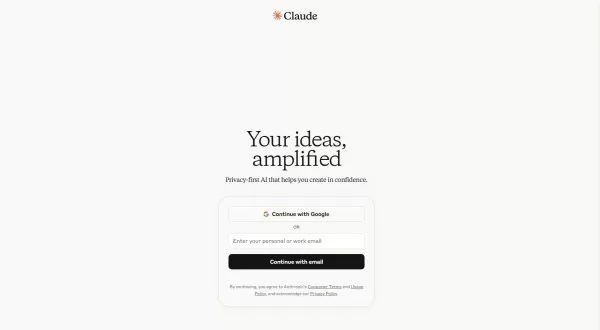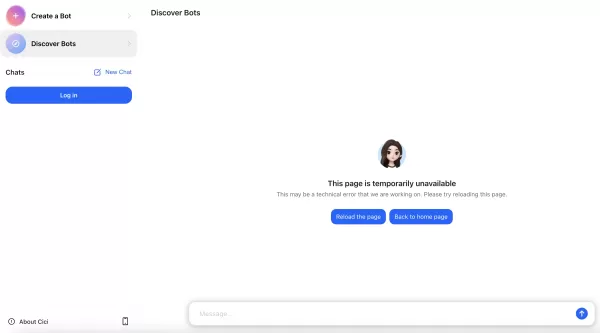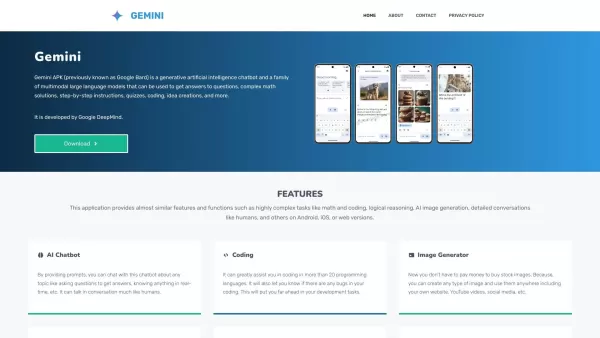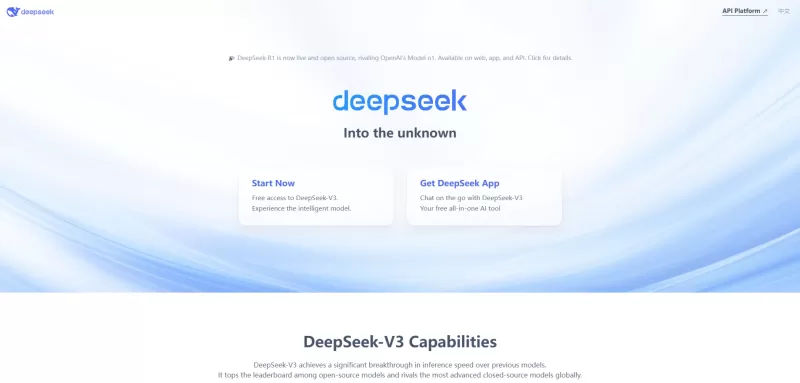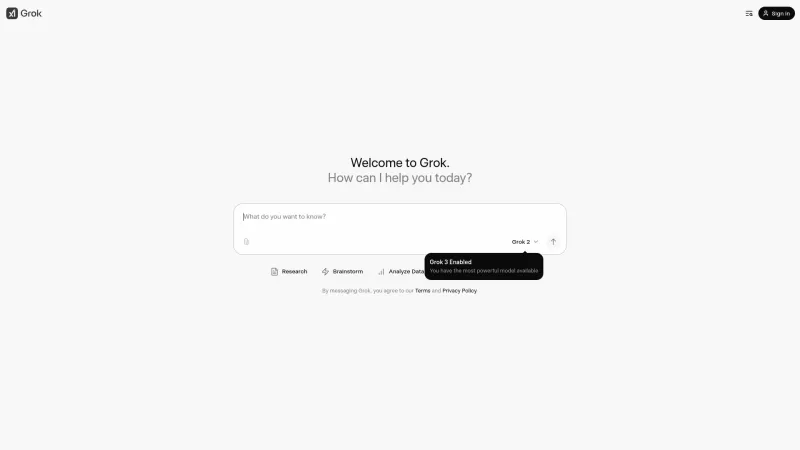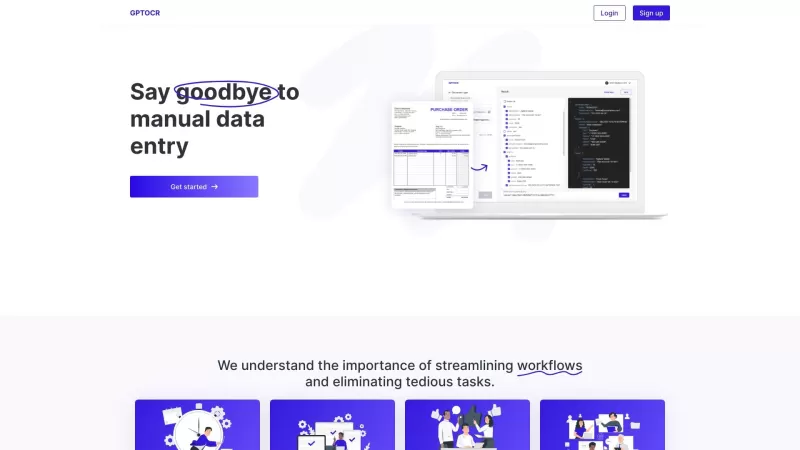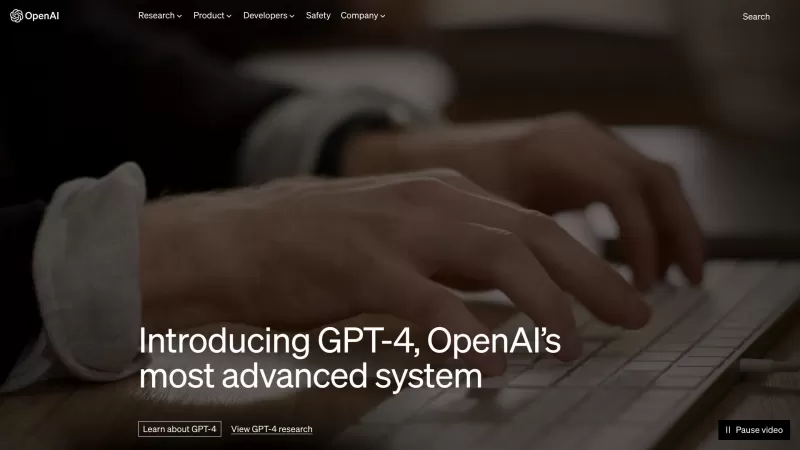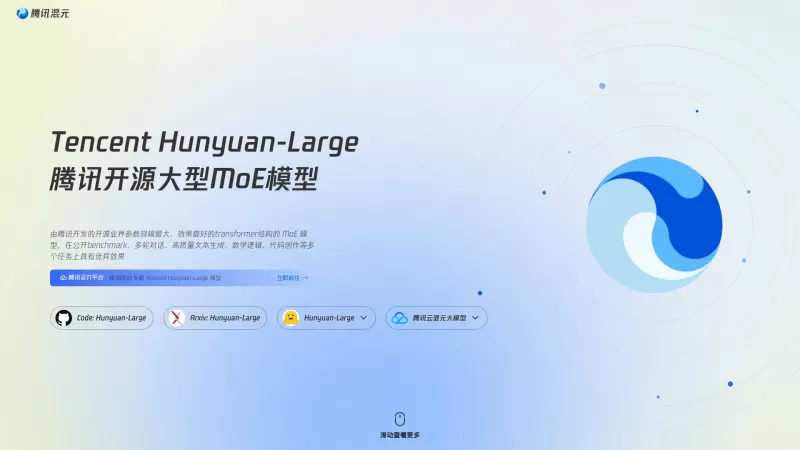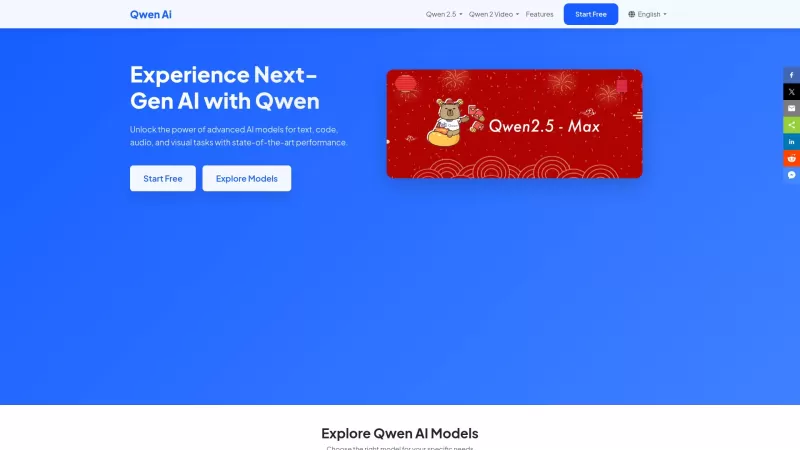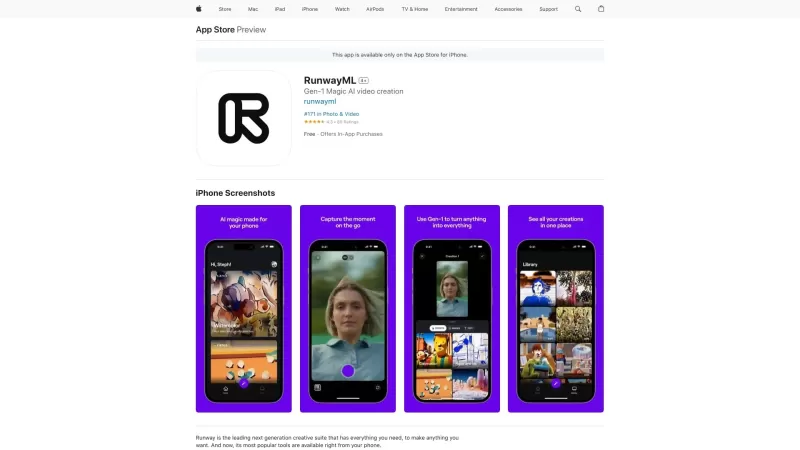6 Must-Know ChatGPT Project Features for Enhanced AI Performance
ChatGPT Projects Just Got a Major Upgrade – Here’s What’s New
OpenAI has rolled out its biggest update yet for ChatGPT Projects, transforming it from a simple organizational tool into a powerhouse for productivity. Whether you're managing research, coding projects, or creative workflows, these six new features fundamentally change how you interact with AI—making it smarter, more intuitive, and far more useful in real-world scenarios.
Let’s break them down.
6 Game-Changing Features in ChatGPT Projects
1. Voice Mode Is Here (And It’s a Game-Changer)
Voice Mode isn’t just about convenience—it’s a mobile workflow revolution. Now, you can talk to ChatGPT while reviewing files, brainstorming ideas, or even dictating code—all hands-free.
What makes this special? It remembers project context, meaning you can reference past chats, documents, or custom instructions naturally. Need to refine a report while commuting? Dictate changes on the fly. Stuck on a coding problem? Talk through it while walking. This isn’t just voice input—it’s AI collaboration on the go.
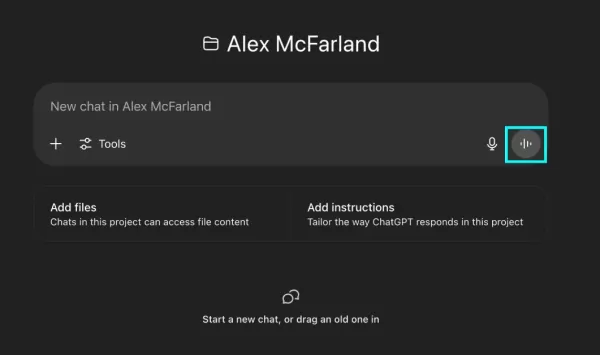
2. Smarter Memory That Actually Works
For Plus and Pro users, ChatGPT now retains context across conversations within a project. No more reminding it about past decisions—it remembers brand guidelines, rejected ideas, and strategic pivots automatically.
Imagine working on a multi-phase marketing campaign:
- Before → You had to re-explain your brand voice in every chat.
- Now → ChatGPT recalls past discussions, keeping responses consistent and relevant.
This isn’t just memory—it’s institutional knowledge at your fingertips.
3. Full Mobile Power (No Desktop Needed Anymore)
Gone are the days when you had to rush back to your computer to upload files or switch models. Now, you can:
- Upload photos, documents, or transcripts directly from your phone.
- Switch between GPT-4o (for deep analysis) and faster models (for quick queries)—all on mobile.
Real-world impact:
- Architects → Snap site photos and instantly add them to design projects.
- Journalists → Upload interview recordings for AI-assisted summaries.
- Researchers → Capture and analyze field data without delay.
This is AI flexibility at its best.
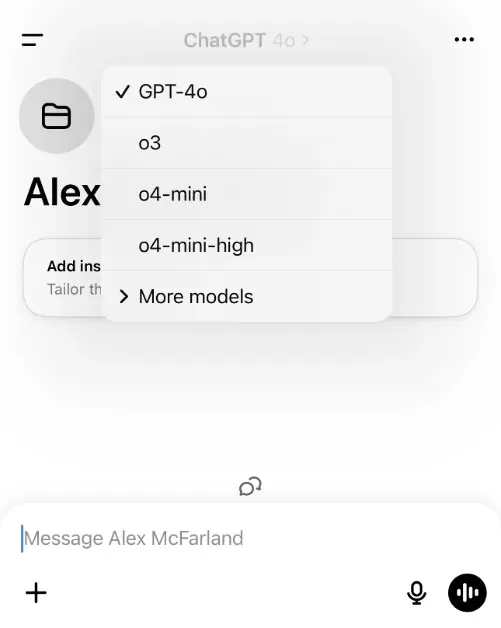
4. Surgical Sharing Controls (Finally!)
Sharing just got smarter and safer. Instead of exposing an entire project, you can now:
- Generate a unique link for a single conversation—keeping the rest private.
- Ideal for consultants, educators, and developers who need to share insights without revealing proprietary methods.
Example uses:
✅ A lawyer shares case analysis without exposing client notes.
✅ A teacher distributes a lesson plan while keeping the full curriculum private.
✅ A dev team showcases a feature without leaking the entire codebase.
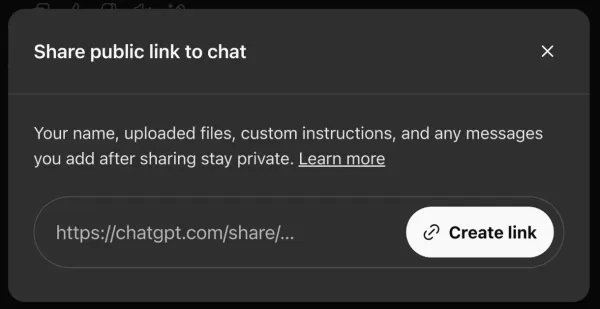
5. Expanded File Handling (20 Documents + Smarter AI Processing)
You can now upload up to 20 files per project, but the real magic is in how ChatGPT understands them:
- Cross-references data between documents.
- Maintains file hierarchy awareness (no more jumbled info).
- Keeps project data isolated (no accidental leaks between projects).
Who benefits most?
- Financial analysts → Upload years of reports for AI-powered trend spotting.
- Writers → Keep research organized without mixing unrelated topics.
- Engineers → Compare technical specs side-by-side with AI assistance.
This is like having a research assistant who never gets confused.
6. Project-Level Custom Instructions
Now, each project can have its own AI personality.
- Set unique rules per project (formatting, tone, structure).
- Overrides general ChatGPT settings—so no more manual adjustments.
Example:
- Project A → Strict, technical API documentation.
- Project B → Casual, user-friendly guides.
This means one AI, multiple specialized assistants.
Privacy Upgrades (Enterprise Users Take Note)
OpenAI has tightened data handling:
- Enterprise/Edu accounts → Data won’t train the model by default.
- Free/Plus/Pro users → Must manually disable “Improve the model” to opt out.
This ensures sensitive business data stays private—a crucial step for professional adoption.
The Bigger Picture: Where ChatGPT Projects Is Heading
These updates signal a shift from “AI tool” to “AI workspace.” Expect:
✔ Real-time collaboration (coming soon).
✔ Deeper app integrations (Slack, Notion, etc.).
✔ Pre-built project templates for common workflows.
For businesses, this isn’t optional anymore—it’s becoming core infrastructure.
Final Verdict: Should You Switch to Projects?
If you’re serious about AI-assisted work, the answer is yes. These features don’t just improve ChatGPT—they reshape how you use AI daily.
The question isn’t if you’ll adopt them—it’s how fast you can adapt to the new possibilities.
🚀 Ready to upgrade? Dive into ChatGPT Projects and see the difference.
Related article
 MagicSchool.ai vs ChatGPT: Comparing AI-Powered Education Tools
Artificial intelligence continues to reshape educational landscapes, introducing tools like MagicSchool.ai and ChatGPT that empower educators with innovative capabilities. These solutions offer unprecedented support for lesson development, administra
MagicSchool.ai vs ChatGPT: Comparing AI-Powered Education Tools
Artificial intelligence continues to reshape educational landscapes, introducing tools like MagicSchool.ai and ChatGPT that empower educators with innovative capabilities. These solutions offer unprecedented support for lesson development, administra
 Nvidia's AI Hype Meets Reality as 70% Margins Draw Scrutiny Amid Inference Battles
AI Chip Wars Erupt at VB Transform 2025
The battle lines were drawn during a fiery panel discussion at VB Transform 2025, where rising challengers took direct aim at Nvidia's dominant market position. The central question exposed a glaring contradict
Nvidia's AI Hype Meets Reality as 70% Margins Draw Scrutiny Amid Inference Battles
AI Chip Wars Erupt at VB Transform 2025
The battle lines were drawn during a fiery panel discussion at VB Transform 2025, where rising challengers took direct aim at Nvidia's dominant market position. The central question exposed a glaring contradict
 OpenAI Upgrades ChatGPT Pro to o3, Boosting Value of $200 Monthly Subscription
This week witnessed significant AI developments from tech giants including Microsoft, Google, and Anthropic. OpenAI concludes the flurry of announcements with its own groundbreaking updates - extending beyond its high-profile $6.5 billion acquisition
Comments (3)
0/200
OpenAI Upgrades ChatGPT Pro to o3, Boosting Value of $200 Monthly Subscription
This week witnessed significant AI developments from tech giants including Microsoft, Google, and Anthropic. OpenAI concludes the flurry of announcements with its own groundbreaking updates - extending beyond its high-profile $6.5 billion acquisition
Comments (3)
0/200
![RyanLee]() RyanLee
RyanLee
 August 22, 2025 at 7:01:15 AM EDT
August 22, 2025 at 7:01:15 AM EDT
哇,ChatGPT Projects的新功能真的很強大!尤其是Deep Research模式,感覺像是有了個超聰明的助手,幫我整理一堆資料還能跨參考,太省時間了!😍 只是希望未來能再加點更直觀的介面,這樣用起來會更順手!


 0
0
![StevenWilson]() StevenWilson
StevenWilson
 July 29, 2025 at 8:25:16 AM EDT
July 29, 2025 at 8:25:16 AM EDT
Just read about the new ChatGPT Projects features and I'm blown away! 😮 The voice mode sounds super handy for brainstorming on the go. But I wonder, will it really keep my data private? Gotta keep an eye on that.


 0
0
![MatthewBaker]() MatthewBaker
MatthewBaker
 July 27, 2025 at 9:19:30 PM EDT
July 27, 2025 at 9:19:30 PM EDT
The new ChatGPT Project features sound like a game-changer! I'm stoked to try the voice mode for brainstorming on the go—imagine dictating ideas while stuck in traffic. 🚗 But I wonder, will it keep up with my chaotic thought process?


 0
0
ChatGPT Projects Just Got a Major Upgrade – Here’s What’s New
OpenAI has rolled out its biggest update yet for ChatGPT Projects, transforming it from a simple organizational tool into a powerhouse for productivity. Whether you're managing research, coding projects, or creative workflows, these six new features fundamentally change how you interact with AI—making it smarter, more intuitive, and far more useful in real-world scenarios.
Let’s break them down.
6 Game-Changing Features in ChatGPT Projects
1. Voice Mode Is Here (And It’s a Game-Changer)
Voice Mode isn’t just about convenience—it’s a mobile workflow revolution. Now, you can talk to ChatGPT while reviewing files, brainstorming ideas, or even dictating code—all hands-free.
What makes this special? It remembers project context, meaning you can reference past chats, documents, or custom instructions naturally. Need to refine a report while commuting? Dictate changes on the fly. Stuck on a coding problem? Talk through it while walking. This isn’t just voice input—it’s AI collaboration on the go.

2. Smarter Memory That Actually Works
For Plus and Pro users, ChatGPT now retains context across conversations within a project. No more reminding it about past decisions—it remembers brand guidelines, rejected ideas, and strategic pivots automatically.
Imagine working on a multi-phase marketing campaign:
- Before → You had to re-explain your brand voice in every chat.
- Now → ChatGPT recalls past discussions, keeping responses consistent and relevant.
This isn’t just memory—it’s institutional knowledge at your fingertips.
3. Full Mobile Power (No Desktop Needed Anymore)
Gone are the days when you had to rush back to your computer to upload files or switch models. Now, you can:
- Upload photos, documents, or transcripts directly from your phone.
- Switch between GPT-4o (for deep analysis) and faster models (for quick queries)—all on mobile.
Real-world impact:
- Architects → Snap site photos and instantly add them to design projects.
- Journalists → Upload interview recordings for AI-assisted summaries.
- Researchers → Capture and analyze field data without delay.
This is AI flexibility at its best.

4. Surgical Sharing Controls (Finally!)
Sharing just got smarter and safer. Instead of exposing an entire project, you can now:
- Generate a unique link for a single conversation—keeping the rest private.
- Ideal for consultants, educators, and developers who need to share insights without revealing proprietary methods.
Example uses:
✅ A lawyer shares case analysis without exposing client notes.
✅ A teacher distributes a lesson plan while keeping the full curriculum private.
✅ A dev team showcases a feature without leaking the entire codebase.

5. Expanded File Handling (20 Documents + Smarter AI Processing)
You can now upload up to 20 files per project, but the real magic is in how ChatGPT understands them:
- Cross-references data between documents.
- Maintains file hierarchy awareness (no more jumbled info).
- Keeps project data isolated (no accidental leaks between projects).
Who benefits most?
- Financial analysts → Upload years of reports for AI-powered trend spotting.
- Writers → Keep research organized without mixing unrelated topics.
- Engineers → Compare technical specs side-by-side with AI assistance.
This is like having a research assistant who never gets confused.
6. Project-Level Custom Instructions
Now, each project can have its own AI personality.
- Set unique rules per project (formatting, tone, structure).
- Overrides general ChatGPT settings—so no more manual adjustments.
Example:
- Project A → Strict, technical API documentation.
- Project B → Casual, user-friendly guides.
This means one AI, multiple specialized assistants.
Privacy Upgrades (Enterprise Users Take Note)
OpenAI has tightened data handling:
- Enterprise/Edu accounts → Data won’t train the model by default.
- Free/Plus/Pro users → Must manually disable “Improve the model” to opt out.
This ensures sensitive business data stays private—a crucial step for professional adoption.
The Bigger Picture: Where ChatGPT Projects Is Heading
These updates signal a shift from “AI tool” to “AI workspace.” Expect:
✔ Real-time collaboration (coming soon).
✔ Deeper app integrations (Slack, Notion, etc.).
✔ Pre-built project templates for common workflows.
For businesses, this isn’t optional anymore—it’s becoming core infrastructure.
Final Verdict: Should You Switch to Projects?
If you’re serious about AI-assisted work, the answer is yes. These features don’t just improve ChatGPT—they reshape how you use AI daily.
The question isn’t if you’ll adopt them—it’s how fast you can adapt to the new possibilities.
🚀 Ready to upgrade? Dive into ChatGPT Projects and see the difference.
 MagicSchool.ai vs ChatGPT: Comparing AI-Powered Education Tools
Artificial intelligence continues to reshape educational landscapes, introducing tools like MagicSchool.ai and ChatGPT that empower educators with innovative capabilities. These solutions offer unprecedented support for lesson development, administra
MagicSchool.ai vs ChatGPT: Comparing AI-Powered Education Tools
Artificial intelligence continues to reshape educational landscapes, introducing tools like MagicSchool.ai and ChatGPT that empower educators with innovative capabilities. These solutions offer unprecedented support for lesson development, administra
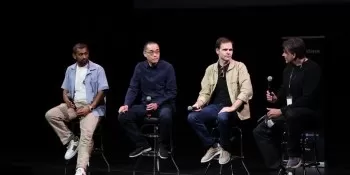 Nvidia's AI Hype Meets Reality as 70% Margins Draw Scrutiny Amid Inference Battles
AI Chip Wars Erupt at VB Transform 2025
The battle lines were drawn during a fiery panel discussion at VB Transform 2025, where rising challengers took direct aim at Nvidia's dominant market position. The central question exposed a glaring contradict
Nvidia's AI Hype Meets Reality as 70% Margins Draw Scrutiny Amid Inference Battles
AI Chip Wars Erupt at VB Transform 2025
The battle lines were drawn during a fiery panel discussion at VB Transform 2025, where rising challengers took direct aim at Nvidia's dominant market position. The central question exposed a glaring contradict
 OpenAI Upgrades ChatGPT Pro to o3, Boosting Value of $200 Monthly Subscription
This week witnessed significant AI developments from tech giants including Microsoft, Google, and Anthropic. OpenAI concludes the flurry of announcements with its own groundbreaking updates - extending beyond its high-profile $6.5 billion acquisition
OpenAI Upgrades ChatGPT Pro to o3, Boosting Value of $200 Monthly Subscription
This week witnessed significant AI developments from tech giants including Microsoft, Google, and Anthropic. OpenAI concludes the flurry of announcements with its own groundbreaking updates - extending beyond its high-profile $6.5 billion acquisition
 August 22, 2025 at 7:01:15 AM EDT
August 22, 2025 at 7:01:15 AM EDT
哇,ChatGPT Projects的新功能真的很強大!尤其是Deep Research模式,感覺像是有了個超聰明的助手,幫我整理一堆資料還能跨參考,太省時間了!😍 只是希望未來能再加點更直觀的介面,這樣用起來會更順手!


 0
0
 July 29, 2025 at 8:25:16 AM EDT
July 29, 2025 at 8:25:16 AM EDT
Just read about the new ChatGPT Projects features and I'm blown away! 😮 The voice mode sounds super handy for brainstorming on the go. But I wonder, will it really keep my data private? Gotta keep an eye on that.


 0
0
 July 27, 2025 at 9:19:30 PM EDT
July 27, 2025 at 9:19:30 PM EDT
The new ChatGPT Project features sound like a game-changer! I'm stoked to try the voice mode for brainstorming on the go—imagine dictating ideas while stuck in traffic. 🚗 But I wonder, will it keep up with my chaotic thought process?


 0
0
